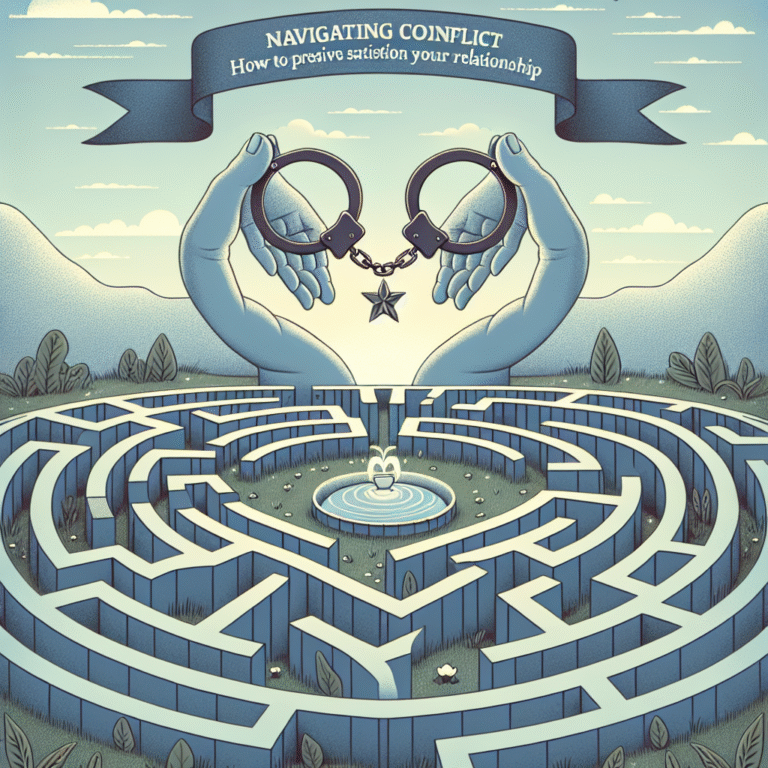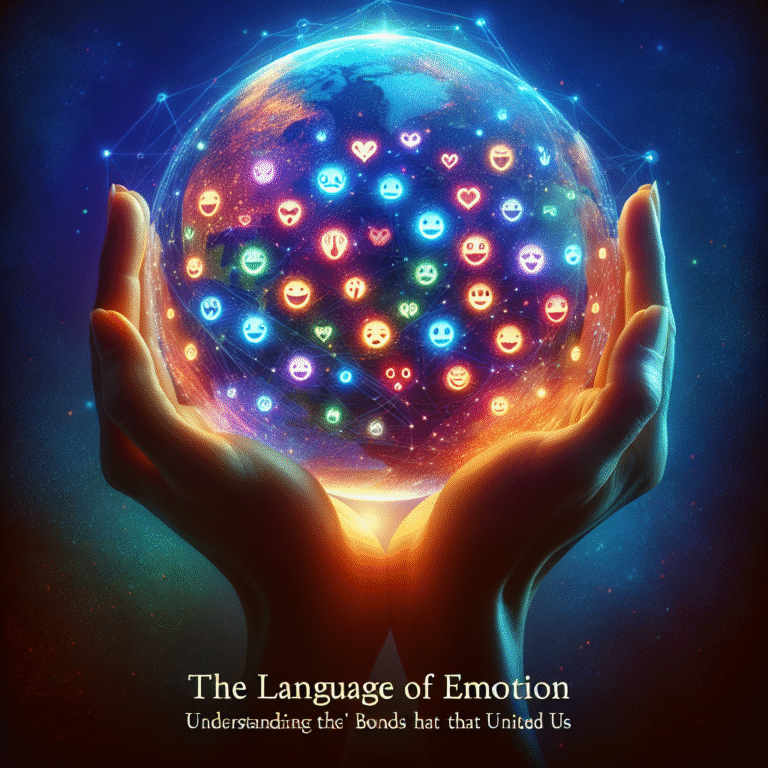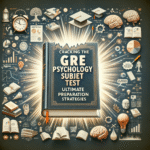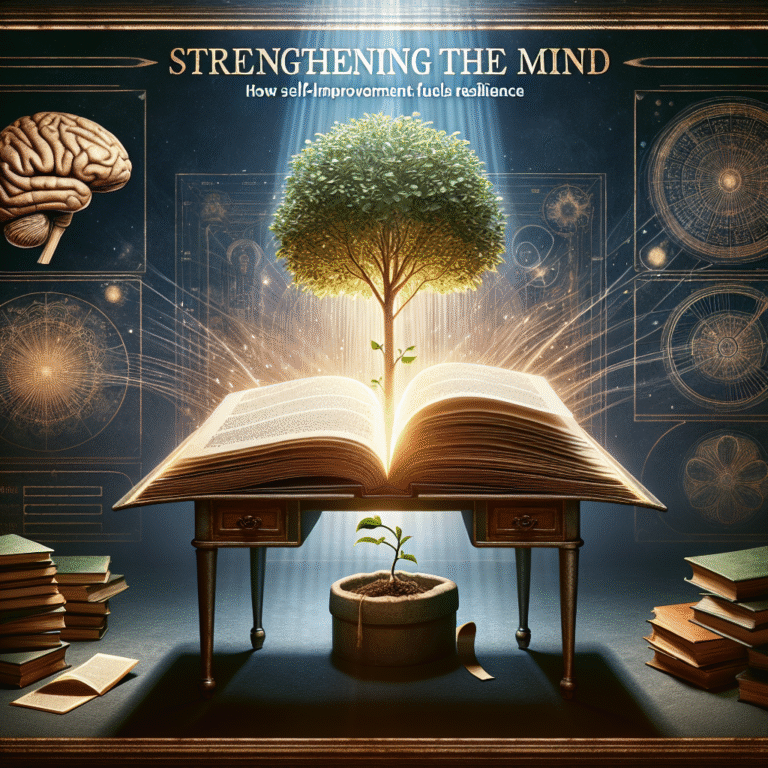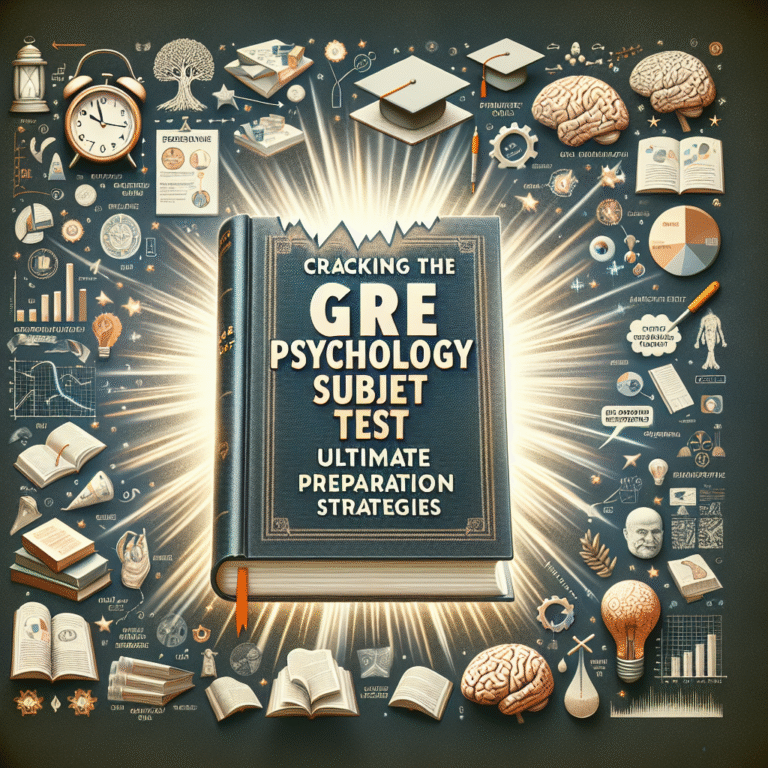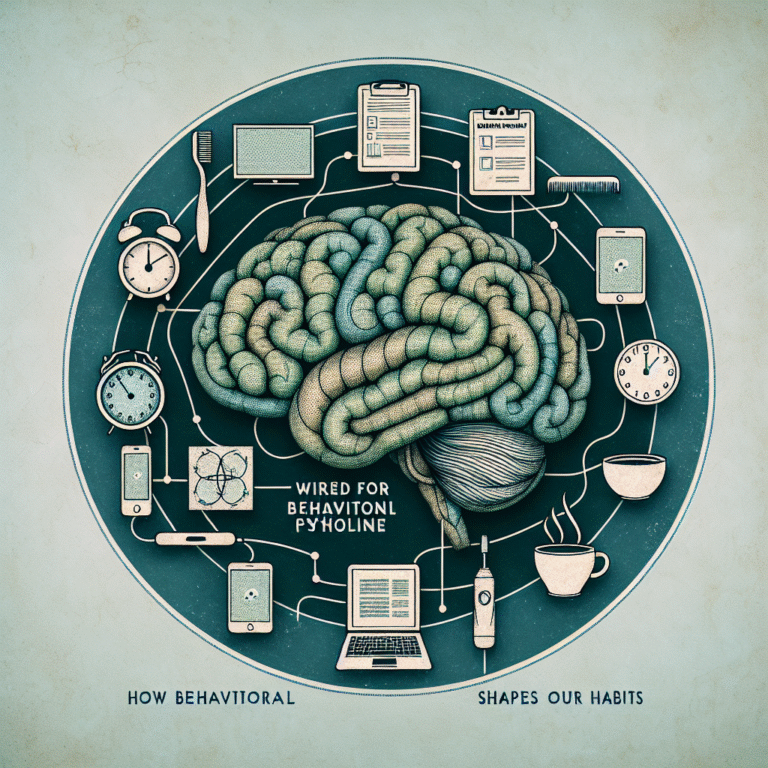
Introduction
Imagine walking through a bustling city filled with strangers. Each person carries their own stories—some joyful, some laden with worry, and everything in between. In this modern age of information overload and social media comparison, anxiety can often cast long shadows over our ability to forge meaningful connections. But love, in its purest form, exists as a powerful antidote to our fears. The topic of Love in the Time of Anxiety: Building Healthy Connections Despite Fears is not just timely; it’s essential for anyone navigating the complex landscape of relationships.
Understanding Anxiety and its Impact on Connections
What is Anxiety?
Anxiety is a natural response to stress, but it can become debilitating when it manifests excessively. From generalized anxiety disorder to social anxiety, these conditions can create barriers that hinder our ability to connect with others.
Table 1: Types of Anxiety Disorders
| Type of Anxiety | Description |
|---|---|
| Generalized Anxiety Disorder | Constant worry about various aspects of life |
| Social Anxiety Disorder | Intense fear of social situations |
| Panic Disorder | Sudden panic attacks with physical symptoms |
| Specific Phobias | Excessive fear of specific objects/situations |
The Impact of Anxiety on Relationships
Anxiety can distort perceptions and make individuals more prone to misunderstandings. This emotional turmoil can cultivate a sense of isolation, impacting our ability to build healthy connections. For instance, a person dealing with social anxiety may avoid gatherings altogether, thereby missing opportunities to meet potential partners, friends, and community members.
Case Study: Sarah and Tom
Sarah, a 28-year-old teacher, struggled with anxiety that stemmed from childhood experiences. She found it difficult to form romantic connections, fearing rejection and judgment. Her friend Tom, who also battled anxiety, encouraged her to step out of her comfort zone. They attended a local book club together, and over time, Sarah began to lower her defenses. Through shared experiences, they established a deep friendship, which eventually evolved into a romantic relationship built on trust and understanding.
Analysis: This case study illustrates the importance of gradually facing fears alongside supportive peers. Shared experiences not only foster connection but also normalize the anxiety, making it easier for individuals to engage openly.
Building Healthy Connections
1. Recognizing Your Own Fears
The first step towards establishing healthy connections is recognizing and acknowledging your fears. An important concept in Love in the Time of Anxiety: Building Healthy Connections Despite Fears is self-awareness. Keeping a journal to document your feelings can help illuminate patterns that may be holding you back.
2. Communicating Openly
Effective communication can act as a bridge over the chasm anxiety creates. When discussing feelings with potential partners, use "I" statements that focus on your emotions rather than blaming or projecting onto others. For example, instead of saying, “You make me anxious,” try “I feel anxious when I’m not sure what to expect.”
3. Practicing Vulnerability
Vulnerability can be terrifying, especially when anxiety looms large. Yet, it’s also how deep connections are forged. Sharing your fears can evoke empathy and understanding, allowing others to meet you halfway.
Case Study: Mike and Leah
Mike, a 32-year-old graphic designer, had always been guarded due to his anxiety. Meeting Leah, who was open about her struggles, encouraged him to share his own worries. During their weekly coffee meet-ups, he slowly divulged personal insights and fears. Their openness established a strong emotional bond, leading to a healthy partnership.
Analysis: The willingness to be vulnerable can transform relationships, fostering empathy and connection while mitigating the debilitating effects of anxiety.
4. Setting Boundaries
Boundaries are crucial in any relationship, particularly when anxiety is involved. Healthy boundaries help mitigate emotional overwhelm while enabling both parties to express their needs.
| Boundary Type | Description |
|---|---|
| Emotional Boundaries | Understanding your limits regarding emotional sharing |
| Time Boundaries | Allocating personal time without feeling guilty |
| Physical Boundaries | Respecting physical space and comfort levels |
Navigating Social Situations
1. Start Small
For those with social anxiety, jumping into large gatherings can be overwhelming. Instead, start with smaller, more intimate gatherings. This gradual exposure can build confidence over time.
2. Preparation is Key
Before attending social events, avoid excessive ruminating. Instead, prepare by focusing on topics you’d like to discuss or questions to ask others. This can alleviate anxiety and serve as a conversation starter.
Using Technology Wisely
In an era where digital interactions often replace face-to-face ones, the internet can be both a friend and a foe.
Choosing the Right Platforms
- Positive Spaces: Engage in online communities that encourage mental wellness, such as forums or social media groups focused on shared interests.
- Dating Apps: Use dating platforms that prioritize mental health awareness and that allow space for open communication about anxiety.
Case Study: James and Emma
James, an introverted freelance writer, met Emma through a mental health forum. They developed a connection over shared interests and mutual understanding of anxiety. Their communication remained primarily online during the initial months, allowing James to feel secure in expressing himself fully, without the added stress of physical presence.
Analysis: Online connections can often provide a ‘safer’ space to explore relationships, especially for those navigating anxiety.
Conclusion: Love as Healing
In the dance of love and anxiety, navigating through our fears provides the opportunity for growth and stronger connections. The essence of Love in the Time of Anxiety: Building Healthy Connections Despite Fears lies in facing our fears, communicating openly, and surrounding ourselves with supportive individuals. Relationships, whether platonic or romantic, thrive on authenticity, understanding, and a bit of brave vulnerability.
Actionable Insights
- Keep a Journal: Document your emotional landscape to establish patterns.
- Practice Active Listening: In conversations, focus fully on what the other person is saying.
- Utilize Grounding Techniques: These can ease anxiety before entering triggering situations.
- Reach Out for Support: Whether through friends, family, or professional help, know you’re not alone.
FAQs
1. How can I identify my anxiety triggers?
You can begin by keeping a journal to track when anxiety arises, noting situations, thoughts, and reactions involved.
2. What should I do if I feel overwhelmed in social situations?
Take a step back and excuse yourself if needed. Practice deep-breathing exercises or visualize a calming scenario to regain composure.
3. Can love truly help alleviate anxiety?
While it may not eliminate anxiety, love and genuine connections provide support systems that can greatly reduce feelings of loneliness and fear.
4. How can I communicate my feelings to my partner without feeling vulnerable?
Start by focusing on specific situations that trigger anxiety, using "I" statements to frame your feelings to foster understanding without feeling truly exposed.
5. What if my anxiety becomes too much for my partner?
If you feel your anxiety is affecting the relationship, consider seeking professional help. Open communication with your partner about these feelings is essential.
By understanding and addressing anxiety, we create space for resilience, warmth, and genuine connections—powerful elements of human experience in any time, particularly in times of heightened anxieties. Let’s move forward with courage, one connection at a time.







